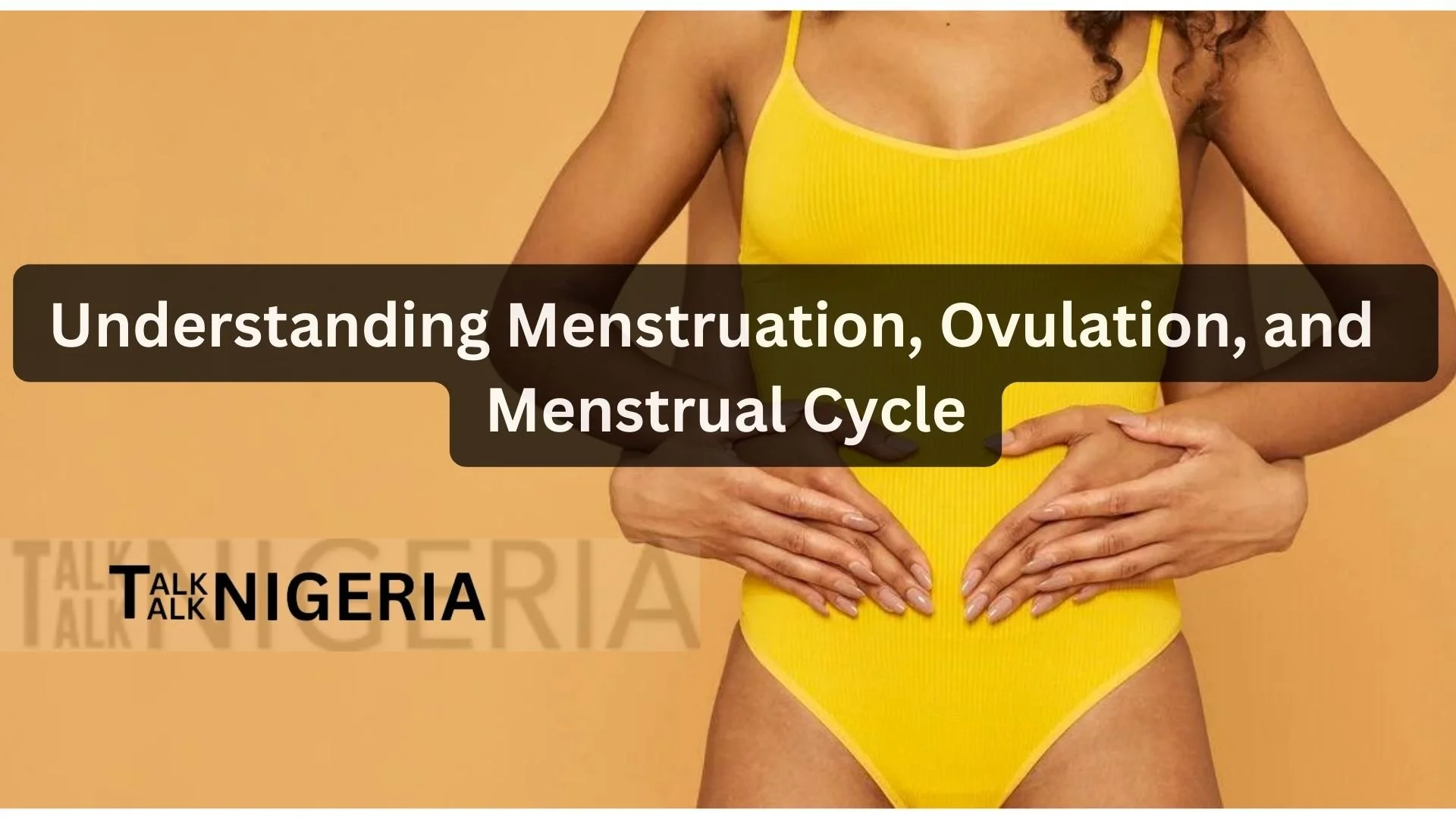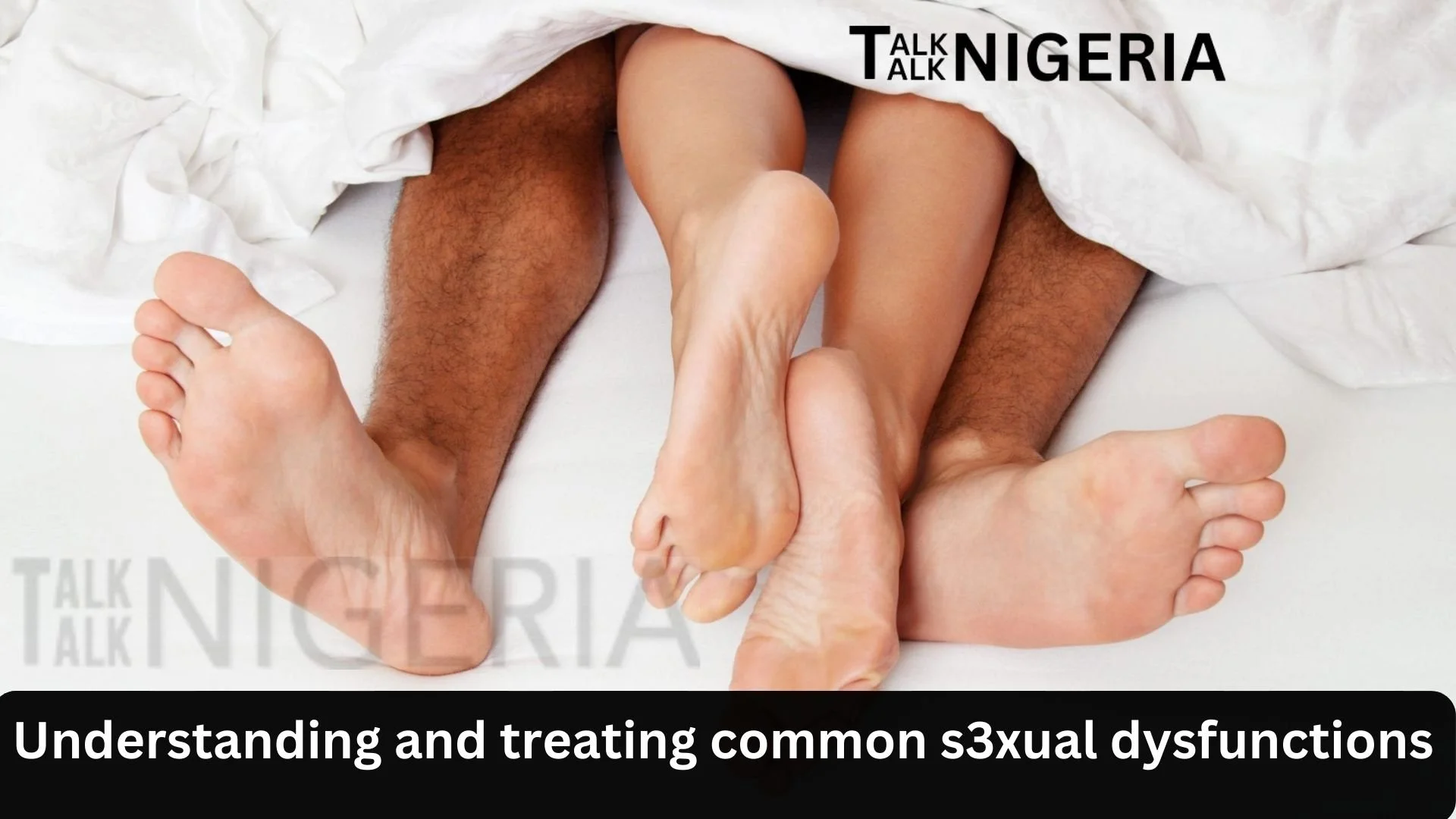Understanding Menstruation, Ovulation, and Menstrual Cycle
The menstrual cycle is a natural process that happens in people with a uterus. But sometimes, it can be confusing to understand terms like "menstruation," "ovulation," and "menstrual cycle." In this simplified blog post, we will explain what each of these terms means and why they matter for reproductive health.
1. Menstruation
Menstruation, or having a period, is when the lining of the uterus sheds through the vagina. It happens about once a month for people with a menstrual cycle. When an egg is not fertilized, hormonal changes make the uterus contract and the lining comes out. This usually lasts for 3 to 7 days.
2. Ovulation
Ovulation is a crucial part of the menstrual cycle. It's when a mature egg is released from the ovaries. This usually happens once during each cycle, around the middle of the cycle. Hormones called luteinizing hormone (LH) and follicle-stimulating hormone (FSH) trigger ovulation. The released egg travels through the fallopian tube, where it can be fertilized by sperm. Ovulation is the most fertile time in the cycle and occurs around 12 to 16 days before the next period starts.
3. Menstrual Cycle
The menstrual cycle is the entire process that happens in the body each month to prepare for a possible pregnancy. It's counted from the first day of one period to the first day of the next. On average, it lasts between 21 and 35 days, but this can vary.
The menstrual cycle has different phases:
a. Menstrual Phase:
This is when menstruation happens. The uterus sheds its lining, and blood and tissue come out through the vagina.
b. Follicular Phase:
After menstruation, the body prepares for pregnancy. The ovaries develop follicles, each containing an immature egg. These follicles produce estrogen, which makes the uterine lining thicker.
c. Ovulatory Phase:
Ovulation occurs during this phase, usually around day 14 of a 28-day cycle. One mature egg is released from a follicle into the fallopian tube.
d. Luteal Phase:
After ovulation, the leftover follicle becomes the corpus luteum and produces progesterone. Progesterone prepares the uterus for pregnancy by thickening the lining.
If the egg is not fertilized, the corpus luteum breaks down, hormone levels drop, and the menstrual phase starts again.
Understanding menstruation, ovulation, and the menstrual cycle helps us grasp the natural processes of the reproductive system. Menstruation is when the uterus sheds its lining, ovulation is the release of a mature egg, and the menstrual cycle includes all the steps that happen each month. By knowing these terms and what they mean, we can better understand our bodies, reproductive health, and overall well-being.







